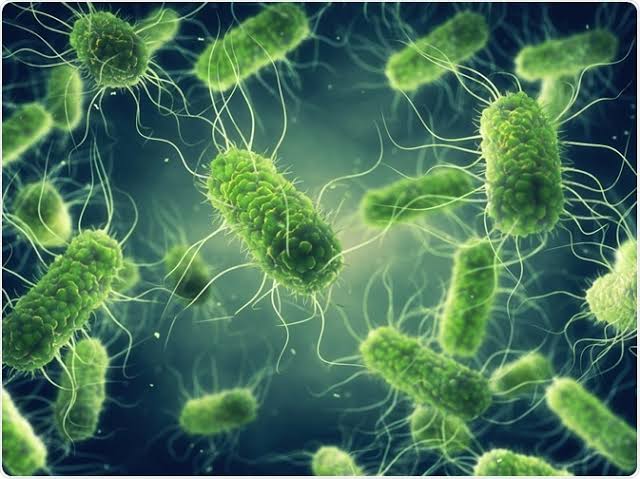4 Types of Salmonella You Should Know About in Poultry
Salmonella Pullorum
The bacteria Salmonella pullorum causes the deadliest disease known to poultry: Pullorum disease. Also known as Bacillary white diarrhea, Pullorum disease has a 100-percent mortality rate, with peak mortality occurring in the second or third week of life.
 Learn More
Learn MoreThat’s not to say that adult birds are immune: Pullorum disease affects chickens of all ages.
Symptoms of Pullorum disease include white diarrhea, pasty butt and lethargy. In adult hens, the disease manifests via eggs with orange-colored egg yolks and triangular egg shells. Because of Pullorum disease’s highly contagious nature, the State Veterinarian will place an entire flock under strict quarantine if even one bird screens positive for the disease.
Unfortunately, the only treatment for Pullorum disease is eradication: the euthanizing of the sick bird or of the entire flock.
READ ALSO: 5 Most Dangerous Chicken Diseases And How To Avoid Them
Salmonella Gallinarum
The Salmonella gallinarum bacteria bears responsiblity for another deadly poultry disease: Fowl typhoid. Fowl typhoid shares the same clinical signs as Pullorum disease—diarrhea and lethargy—with peak mortality also occurring at an early age.
In addition, Fowl typhoid severely affects the liver of adult birds, causing this organ to become enlarged and bronze in color. (Fowl typhoid is also known as bronze liver disease.)
As with Pullorum disease, one positive Fowl typhoid screening results in the entire flock being quarantined and, if necessary, euthanized.
READ ALSO: Things To Know Before Buying Cattle For Your Farm
Salmonella Arizonae
Also known as Arizona or Paracolon infection, Arizonosis is a poultry disease caused by the Salmonella arizonae bacteria. Primarily a disease affecting young turkeys, Arizonosis can infect other poultry and humans, too.
Symptoms include diarrhea, lethargy, twisted necks and blindness. Adult birds may also display enlarged, swollen eyes.
Unlike Pullorum disease and Fowl typhoid, keepers can treat Arizonosis with such antibiotics as tetracycline, gentamicin and sulfa.
Salmonella Enteritidis (SE)
When people think of Salmonella, they most likely have in mind the bacteria Salmonella enteritidis (SE). SE rarely causes disease in chickens. Birds infected with SE are typically in molt or at the peak of their egg-production cycle.
Laying hens are the prime focus of concern because most cases of SE in humans are associated with eggs and with food products containing eggs. Affected hens typically receive diagnosis when confirmed cases of SE trace back to the source of the bacteria.
Identifying sick hens as the source of SE is rather uncommon, however. Usually, the source of SE traces back to unsafe food-handling practices in food-packaging plants and at restaurants.
Original article published on hobby Farms
















